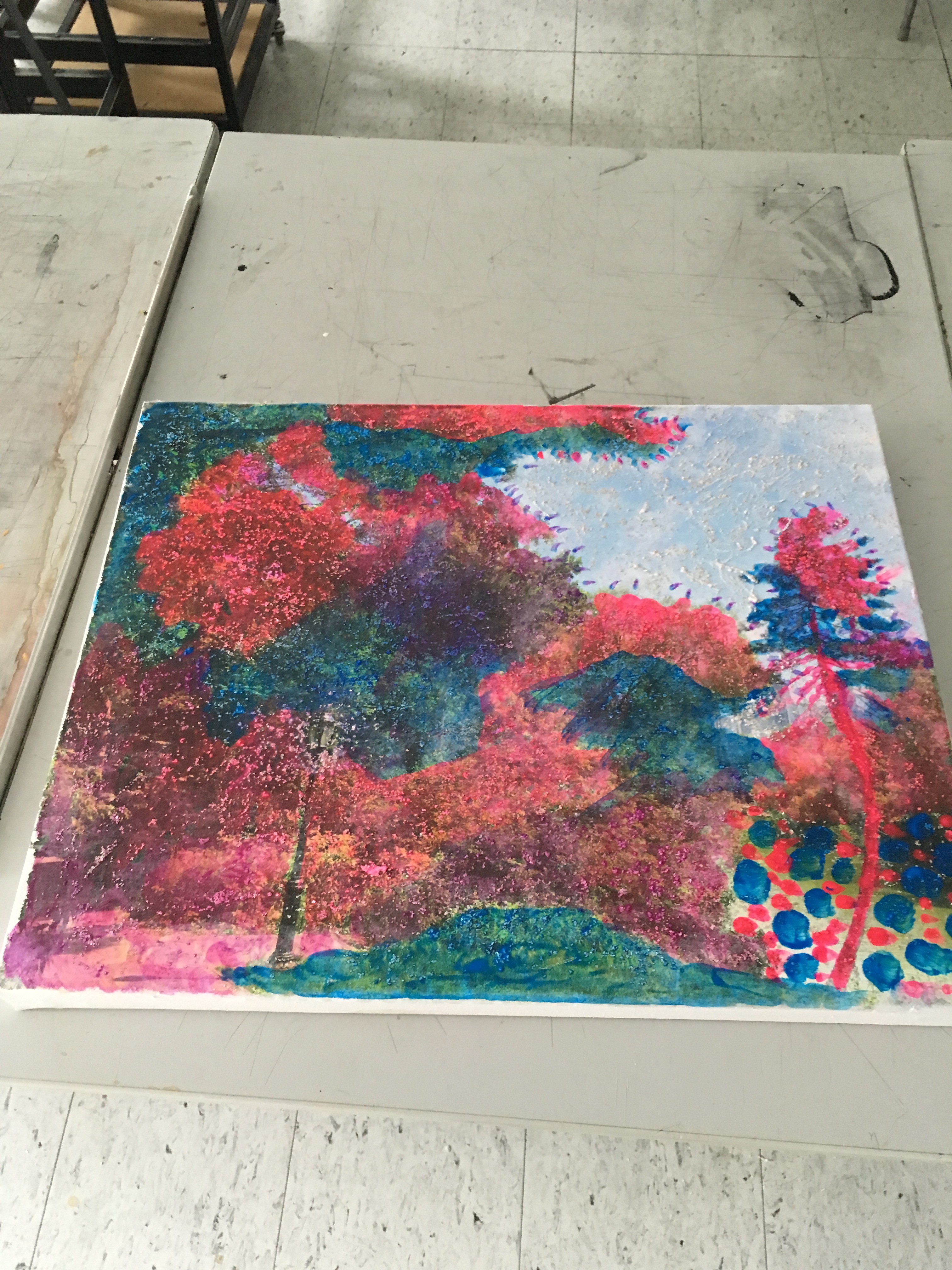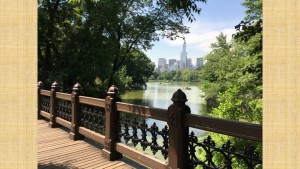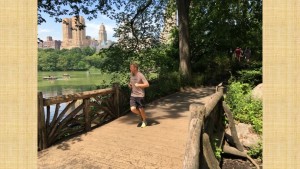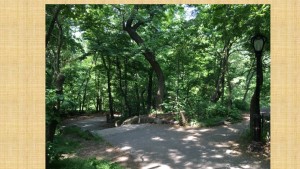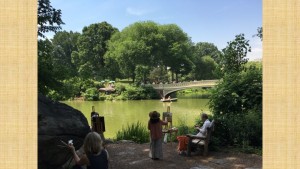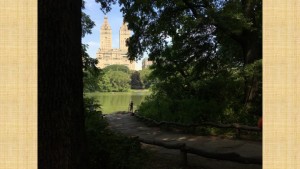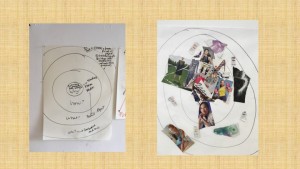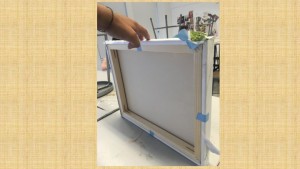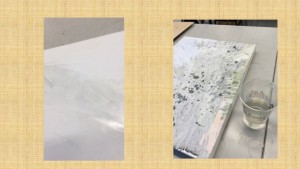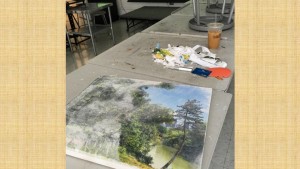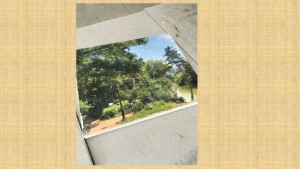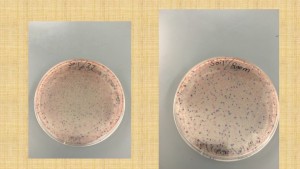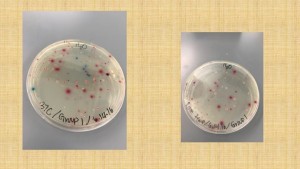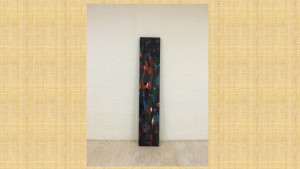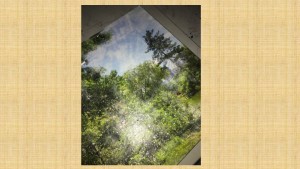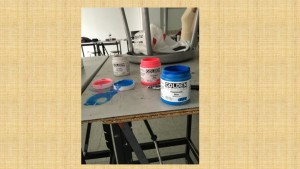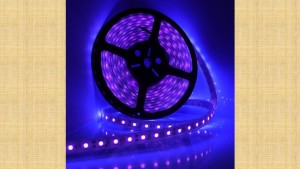It’s lit
(Central Park Installation)
When I was walking through the ramble I didn’t necessarily know where I was going, I have been there before but all of the paths look the same especially in the center away from the water. As I wandered deeper and deeper I decided to take a break and sit down on a bench. Sitting and just enjoying the sounds of birds and wildlife activity within the bush was a very enjoyable experience I felt safe and protected within the trees and soil almost as if I was rooted myself. As I was reading my book people passing by were either lost tourists or lost locals they all seemed to be lost, I had over 3 people ask me how to exit the ramble. I thought to myself what if someone was out here at night, they really could get lost. Then I thought about the benefits of having the ramble lit up as an experience. The light posts positioned throughout the trails would have ultra violet lights in them the bacteria would act as a tour guide through Central Park’s Ramble. After studying the biodiversity within Ramble we noticed that the activity in the soil and water differed in trends due to temperature difference. The soil and water bacteria fluctuate all throughout the seasons. The tests results showed there to be more biodiversity when the soil was at 21 degrees Celsius. Although when the soil was tested at a cooler temperature the results were similar, except only the blue bacteria grew larger. On the contrary we tested the water in the same environments to compile data. What we found was a completely different trend, the activity in the warmer water was significantly stronger than the water stored at the room temperature in which we hypothesized correctly.
After monitoring the activity and behavior trends of both samples we hypothesize that the Transformation of cells is a widely used and versatile tool in genetic engineering and is of critical importance in the development of molecular biology. The purpose of this technique is to introduce a foreign plasmid into bacteria, the bacteria then amplifies the plasmid, making large quantities of it. I figured if this was going to be an installment we would have to coordinate with the parks management to install mist dispensers of the plasmid to be distributed evenly throughout the ramble. A plasmid is a small circular piece of DNA (about 2,000 to 10,000 base pairs) that contains important genetic information for the growth of bacteria. Bacteria, which often grow in the same environment as molds and fungi, evolved to make proteins that inactivate the toxins produced by these other organisms. The bacteria share this vital information by passing it among themselves in the form of genes in plasmids. Hence, the natural function of a plasmid is to transfer genetic information vital to the survival of the bacteria. It is this characteristic of plasmids that is exploited for use in transformation.
This combination of genes was chosen because the protein produced from this combination turns bacteria yellow-green, even in normal light. If you expose the colonies to a UV light, they also fluoresce. The plasmid also contains the antibiotic resistance gene to allow growth in the presence of ampicillin
{Process}
